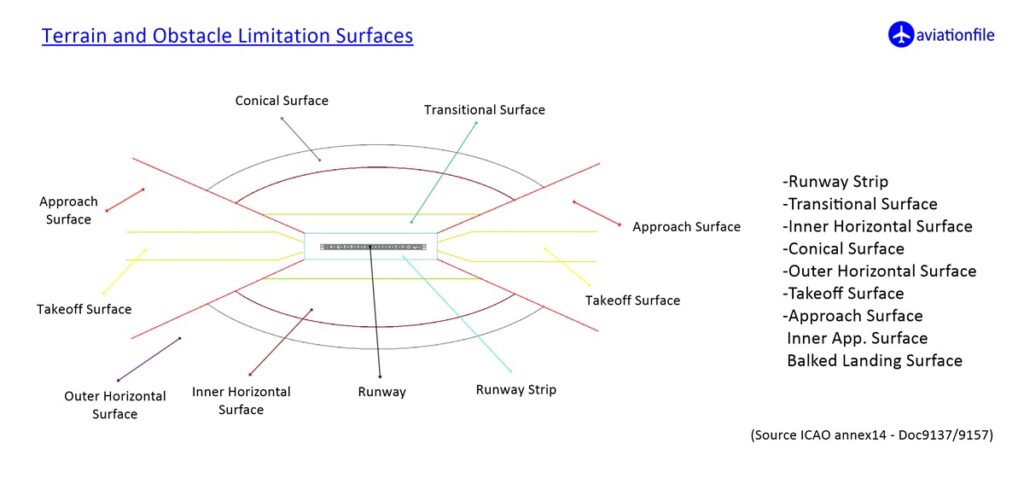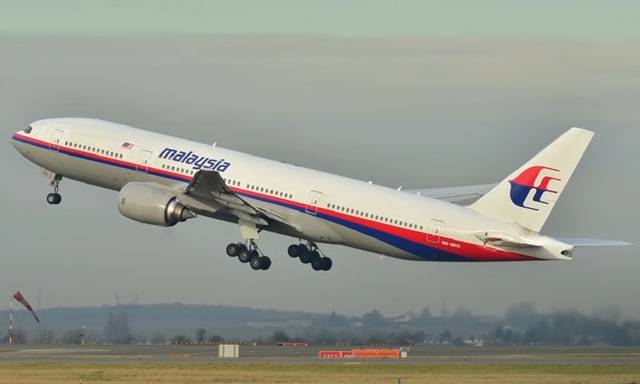Circling Approach
The circling approach is a commonly used technique in aviation that allows pilots to safely land on an airport runway that is not aligned with the aircraft’s approach path. This type of approach is often used when the runway is located in a challenging terrain or when the weather conditions make it difficult to approach the runway directly.
During a circling approach, the pilot first flies a standard instrument approach to the airport until he or she reaches a certain altitude and distance from the runway. Then, the pilot will initiate a turn towards the runway, circling around it until the aircraft is lined up with the runway and ready to land.
There are several factors that pilots must consider when executing a circling approach, including the aircraft’s speed, altitude, and position in relation to the runway. In addition, pilots must take into account any obstacles or other hazards that may be present in the area.

The Federal Aviation Administration (FAA) provides detailed guidance on the proper execution of circling approaches in the FAA’s Instrument Flying Handbook (IFH). The IFH outlines the procedures that pilots should follow when conducting a circling approach, including the appropriate speeds and altitudes to use during the maneuver.
Overall, the circling approach is an important technique that allows pilots to safely land on runways that would otherwise be inaccessible. By following proper procedures and guidelines, pilots can ensure that they are able to execute this maneuver safely and efficiently, even in challenging weather conditions or terrain.
References and Further Reading Links:
- Federal Aviation Administration. (2019). Instrument Flying Handbook. Retrieved from https://www.faa.gov/regulations_policies/handbooks_manuals/aviation/instrument_flying_handbook/
- Federal Aviation Administration. (2021). Pilot’s Handbook of Aeronautical Knowledge. Retrieved from https://www.faa.gov/regulations_policies/handbooks_manuals/aviation/phak/



